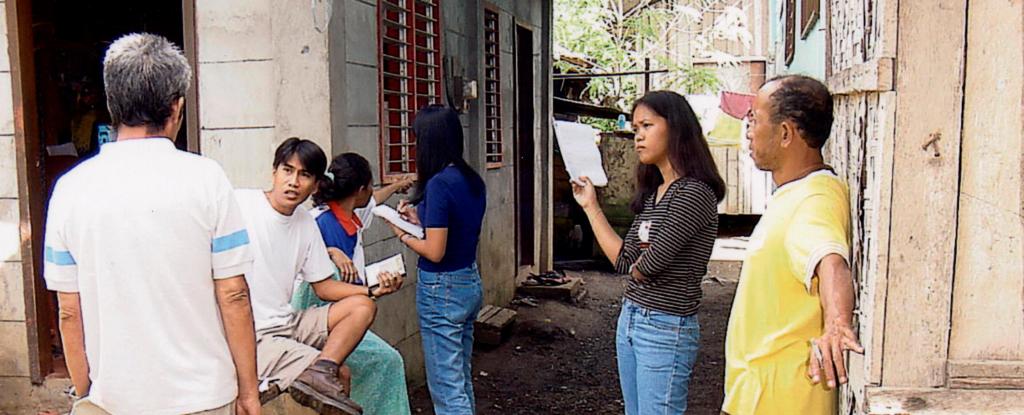
Whether you are new to social and behavior change communication, or have been practicing SBCC for years, it is always useful to have a refresher on the basics of all phases of the SBCC process.
Many Health COMpass users contact us asking for a list of “basic tools” so we are pleased to present such a list for your reference. This list is far from comprehensive, but we hope that it will be a starting point for learning, or re-learning, SBCC skills. It is organized by the steps of the SBCC process, and for each step we provide a few tools and a few examples from project work. For a super-quick refresher on the SBCC Process, you can always refer to “The P Process” brochure.
We welcome your suggestions for this list, and ideas for its use – please add your materials by registering and then completing thecontribution form.
Happy learning!
Contents:
| Foundations of SBCC | Evaluate and Evolve |
| Inquire | Involve Stakeholders |
| Design the Strategy | Organizational Development |
| Create and Test | All in One Resources |
| Mobilize and Monitor | |
Photo credit: Radio journalists interview community members about the root causes of local conflict during a field trip in a peace-building radio programming course at Notre Dame University in Mindanao, Philippines. © 2001 Ross W. James, Courtesy of Photoshare
